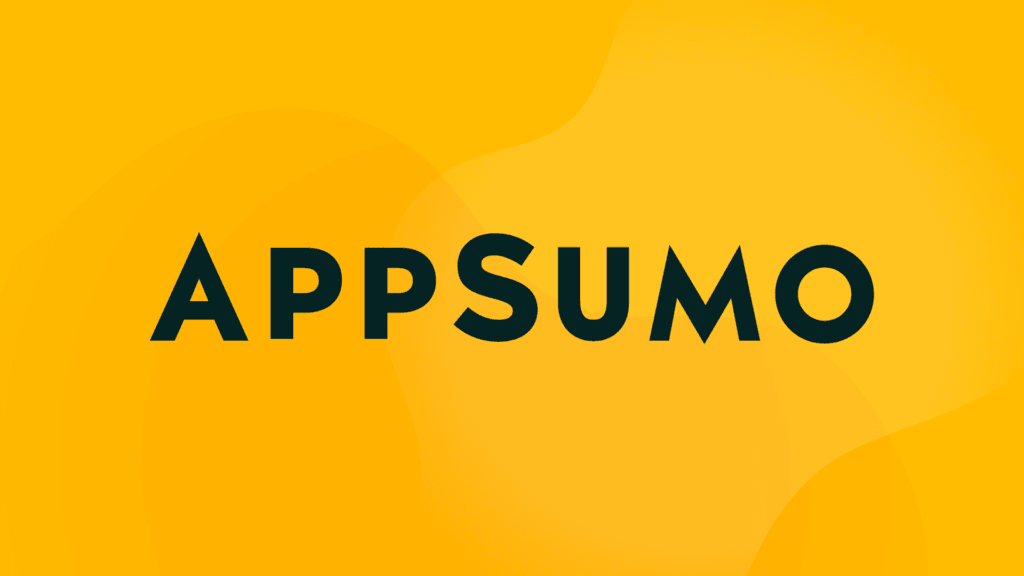To master SEO and boost your online visibility, focus on indexing and monitoring your site’s performance with tools like Google Search Console. Conduct thorough keyword research to discover longtail keywords with low competition. Optimize core elements like page titles, H1 tags, and meta descriptions to improve your content’s relevance. Regularly update articles and analyze metrics to refine your approach. Prioritize user experience by ensuring mobile optimization and fast loading speeds. Conduct competitor analysis to reveal effective strategies. By implementing these strategies, you can greatly enhance your search rankings and visibility, revealing additional insights along the way.
Key Takeaways
- Conduct thorough keyword research to identify longtail keywords with lower competition and align them with your content goals.
- Optimize core SEO elements like page titles, H1 tags, and meta descriptions to improve search visibility and user engagement.
- Regularly update content to ensure freshness, incorporating related keywords while avoiding keyword stuffing for better relevance.
- Enhance user experience by prioritizing mobile optimization, improving loading speed, and streamlining navigation for easy access to content.
- Analyze competitor strategies for insights on effective content, keywords, and backlink opportunities to inform your own SEO efforts.
Understanding Indexing and Monitoring
Grasping indexing and monitoring is essential for your website’s visibility in search engine results. Effective indexing strategies guarantee that your pages are crawled and indexed correctly, while monitoring tools like Google Search Console help you track their performance.
You need to check if pages fall into categories such as crawled and indexed, not crawled, or crawled but not indexed. Prioritize optimizing high-value pages based on their indexing status.
Use internal links to promote faster crawling, aiming for at least three relevant links per page. By closely monitoring your site’s indexing status, you can make informed decisions that improve search visibility and ultimately give you the freedom to reach your target audience more effectively.
Effective Keyword Research Techniques
After guaranteeing your pages are indexed effectively, the next step in improving your online visibility is conducting thorough keyword research.
Start by identifying relevant longtail keywords, which typically have lower competition and can drive targeted traffic. Use tools like Ahrefs and SEMrush to analyze keyword difficulty, focusing on terms that align with your content goals.
Google Search Console is essential for discovering keywords ranking between positions 11-25. These are prime candidates for optimization. Additionally, investigate autocomplete features in search engines for additional longtail options.
Optimizing Core SEO Elements
To effectively improve your site’s visibility, you should consistently focus on optimizing core SEO elements such as page titles, H1 tags, and URL structures. Align these components with your target keywords to enhance search engine comprehension.
Make sure your meta descriptions are compelling and accurately reflect the content, as they play a vital role in click-through rates. Use header tags strategically to organize content and highlight important sections, which helps search engines and users navigate your site more effectively.
Regularly analyze performance metrics using tools like Google Search Console to identify areas for improvement. With data-driven adjustments, you’ll create a more structured and engaging user experience that ultimately boosts your site’s authority and ranking potential.
Improving Content Relevance
Improving content relevance is essential for satisfying user intent and enhancing your site’s visibility.
Focus on content freshness by regularly updating your articles to reflect current trends and information. This not only keeps your audience engaged but also signals to search engines that your site is active and relevant.
Incorporate semantic relevance by using related keywords and phrases that align with user queries. Analyze top-ranking pages to identify gaps in your content and find unique angles to cover.
Avoid keyword stuffing; instead, weave keywords naturally into your writing. Tools like Google Search Console can guide you in evaluating your content’s performance, helping you refine your strategy for maximum impact and improved search rankings.
Enhancing User Experience
Creating an engaging user experience is crucial for retaining visitors and boosting your site’s performance. To achieve this, prioritize user feedback; it provides understanding into user engagement and preferences.
Implement content personalization to cater to individual needs, enhancing satisfaction. Guarantee your site is optimized for mobile, as over half of users browse on their phones.
Streamlined site navigation is fundamental for guiding users effortlessly through your content. Improve loading speed, as delays can lead to increased bounce rates.
Comply with accessibility standards, guaranteeing all users can access your content. Finally, incorporate interactive elements like quizzes or polls to encourage engagement and create a dynamic experience that motivates visitors to stay longer and investigate more.
Conducting SEO Analysis
User experience lays the groundwork for effective SEO, but without regular analysis, it’s hard to know if your strategies are working.
You need to utilize SEO tools to gather relevant analysis metrics, helping you understand your site’s performance. Start by checking indexing status through Google Search Console, identifying pages that need enhancement.
Use metrics like organic traffic, bounce rates, and conversion rates to gauge content effectiveness. Analyze keyword rankings to see if you’re targeting the right terms.
Tools like Ahrefs or SEMrush provide in-depth perspectives into your SEO health. Regularly assess these metrics to pinpoint areas for improvement, ensuring your strategies adjust to ever-changing search engine algorithms and user behavior for peak online visibility.
Learning From Competitors
Gathering information from your competitors can greatly improve your SEO strategies.
Start with a thorough competitor analysis to identify their strengths and weaknesses. Look at their content, keywords, and backlink strategies.
By analyzing which backlinks drive traffic to their sites, you can uncover potential opportunities for your own link-building efforts. Use tools like Ahrefs or SEMrush to assess their top-performing pages and target keywords.
Not only will this data inform your content creation, but it can also guide your outreach efforts for acquiring similar backlinks.




